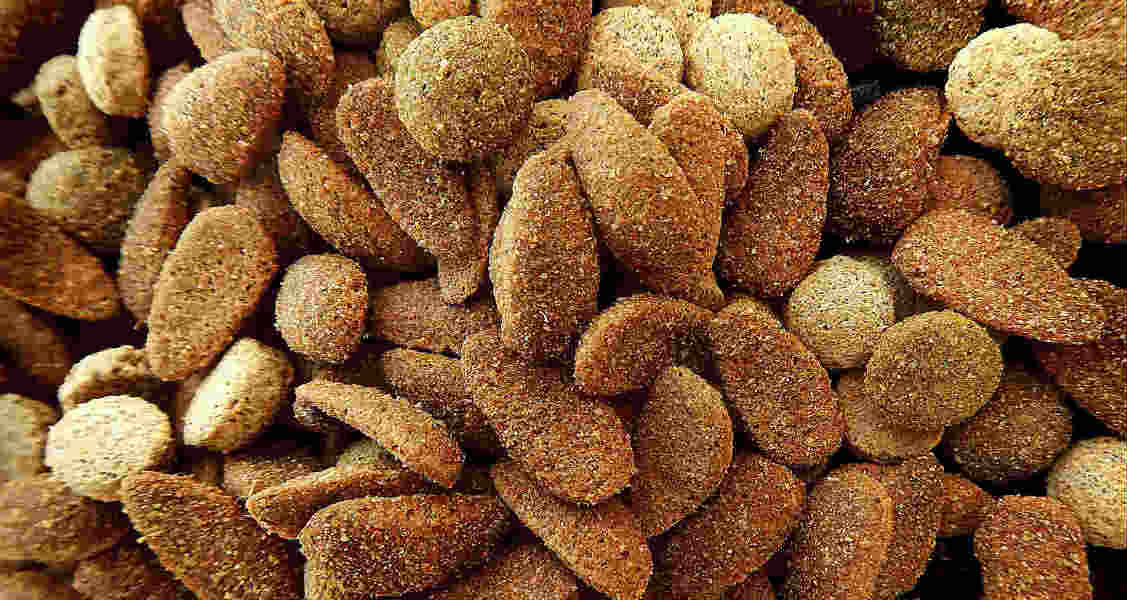Selecting the Right Pet Food
By: Association of American Feed Control Officials | Aug 22, 2018
The Basics
Pet owners should:
- read a label correctly
- select a food labelled for the pet’s species, life stage and condition
- follow feeding directions on the label
The nutritional adequacy statement—usually found in small print on the back or side of pet food packaging—is the key to meeting a pet’s nutritional needs. For more about the nutritional adequacy statement, click here.
A variety of retailers—from grocery stores to speciality shops to websites—sell an abundance of pet food products. All options that are compliant with the regulatory requirements should be safe and nutritious.
Species
Pet food should provide a dog or cat proper nutrition. Because dogs and cats have different nutrient requirements, pet food must be formulated for the intended species. For example, cats require nutrients, such as taurine and ‘pre-formed’ Vitamin A, that dogs do not.
Life Stage and Condition
Pet food should also supply a pet with a complete and balanced diet for its life stage and condition. “Complete” means the product contains all the nutrients required. “Balanced” means the nutrients are present in the correct ratios.
The recognized life stages for both dogs and cats are:
- gestation/lactation (pregnancy and nursing)
- growth (includes kittens and puppies)
- maintenance
- all life stages
Different quantities and ratios of nutrients as well as different feeding rates are ideal for different life stages.
An active, growing puppy or kitten needs nutrients in different quantities and ratios than a mature pet. Calorie-rich foods designed for young animals may make a less active adult animal obese.
On the other hand, a service, hunting or working dog or a pregnant or nursing pet may not receive enough nutrition from a food designed for a sedentary adult house pet.
Feeding Directions
Even once a pet owner has selected the right pet food, if the pet eats too much or too little it isn’t receiving a complete and balanced diet.
Some products provide feeding tables; others provide basic text instructions. Products labelled for ‘all life stages’ should have different feeding directions for gestation/lactation, growth and maintenance.
Feeding directions for a complete and balanced food must specify, for the animal’s life stage, at least the amount of the food (usually in cups or cans) to give per weight of the animal per unit of time. For example, a product’s label may suggest that a 10- to 15-pound adult dog eat ½ cup twice a day to maintain its condition or body weight.
Pet owners should remember that feeding directions are guidelines that may need revising based on a particular animal’s activities and condition. If an animal is gaining or losing weight, it is either getting too much or too little food and its intake should be adjusted accordingly.
Treats and Supplements: Not Complete Foods
Products not intended to be complete feeds are considered treats or supplements. These products are generally intended to be fed in addition to a complete diet (though exceptions exist).
These products may be labelled as treats, supplements, with words of similar designation, or with the direction “for intermittent or supplemental feeding only.”
In general, treats and supplements will be labelled with some basic nutritional information, but won’t contain a nutritional adequacy statement.
Read more about treats and supplements.


Disclaimer: healthcareforpets.com and its team of veterinarians and clinicians do not endorse any products, services, or recommended advice. All advice presented by our veterinarians, clinicians, tools, resources, etc is not meant to replace a regular physical exam and consultation with your primary veterinarian or other clinicians. We always encourage you to seek medical advice from your regular veterinarian.

